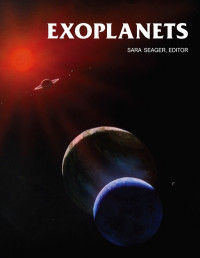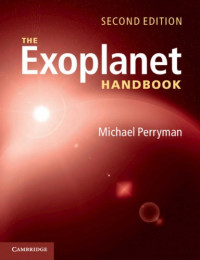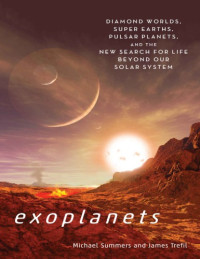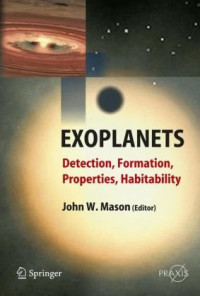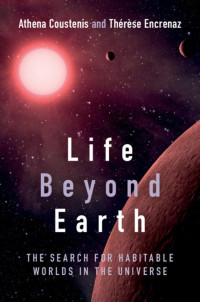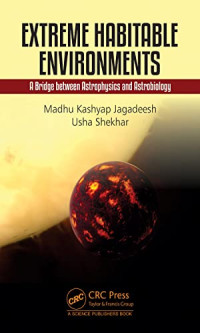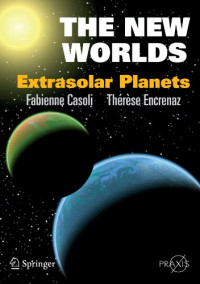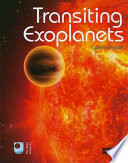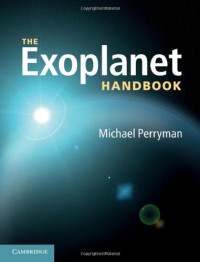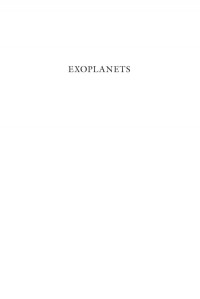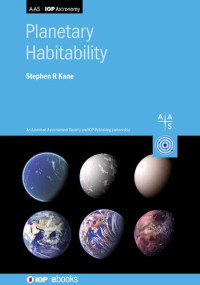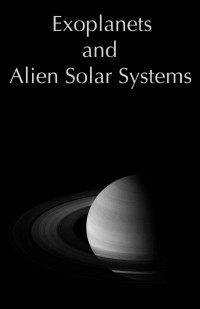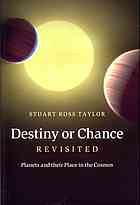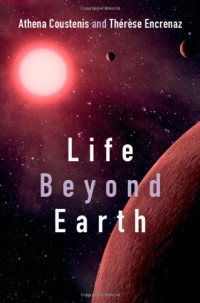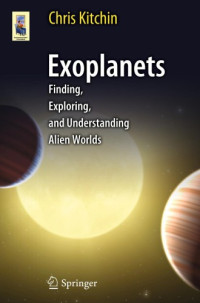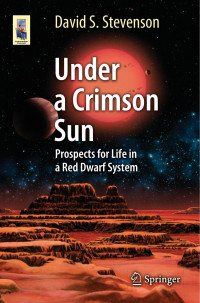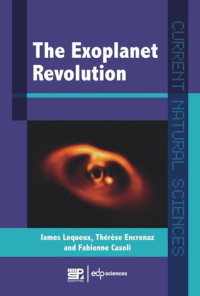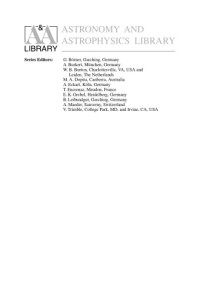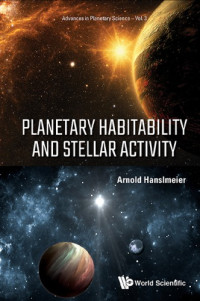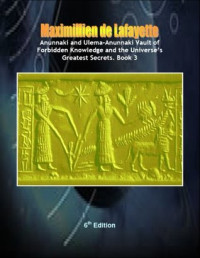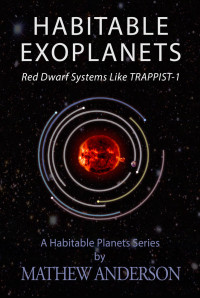
One of Ten Billion Earths : How We Learn about Our Planet's Past and Future from Distant Exoplanets
Karel Schrijver
Illustrated with breathtaking images of the Solar System and of the Universe around it, this book explores how the discoveries within the Solar System and of exoplanets far beyond it come together to help us understand the habitability of Earth, and how these findings guide the search for exoplanets that could support life. The author highlights how, within two decades of the discovery of the first planets outside the Solar System in the 1990s, scientists concluded that planets are so common that most stars are orbited by them.
The lives of exoplanets and their stars, as of our Solar System and its Sun, are inextricably interwoven. Stars are the seeds around which planets form, and they provide light and warmth for as long as they shine. At the end of their lives, stars expel massive amounts of newly forged elements into deep space, and that ejected material is incorporated into subsequent generations of planets.
How do we learn about these distant worlds? What does the exploration of other planets tell us about Earth? Can we find out what the distant future may have in store for us? What do we know about exoworlds and starbirth, and where do migrating hot Jupiters, polluted white dwarfs, and free-roaming nomad planets fit in? And what does all that have to do with the habitability of Earth, the possibility of finding extraterrestrial life, and the operation of the globe-spanning network of the sciences?
The lives of exoplanets and their stars, as of our Solar System and its Sun, are inextricably interwoven. Stars are the seeds around which planets form, and they provide light and warmth for as long as they shine. At the end of their lives, stars expel massive amounts of newly forged elements into deep space, and that ejected material is incorporated into subsequent generations of planets.
How do we learn about these distant worlds? What does the exploration of other planets tell us about Earth? Can we find out what the distant future may have in store for us? What do we know about exoworlds and starbirth, and where do migrating hot Jupiters, polluted white dwarfs, and free-roaming nomad planets fit in? And what does all that have to do with the habitability of Earth, the possibility of finding extraterrestrial life, and the operation of the globe-spanning network of the sciences?
年:
2018
出版:
1
出版社:
Oxford University Press
语言:
english
页:
474
ISBN 10:
0198799896
ISBN 13:
9780198799894
文件:
PDF, 327.30 MB
IPFS:
,
english, 2018
 Amazon
Amazon  Barnes & Noble
Barnes & Noble  Bookshop.org
Bookshop.org  转换文件
转换文件 更多搜索结果
更多搜索结果 其他特权
其他特权 

